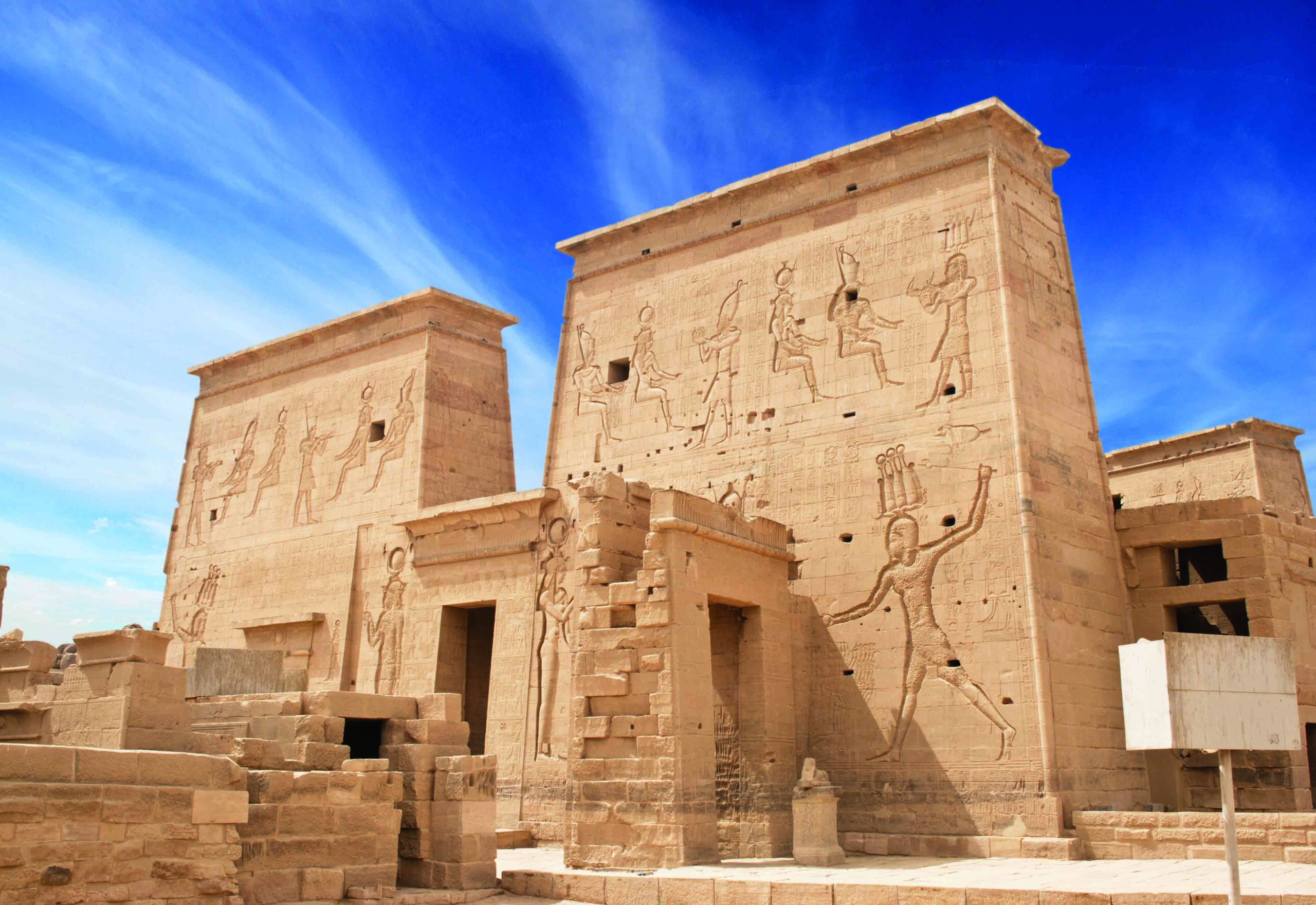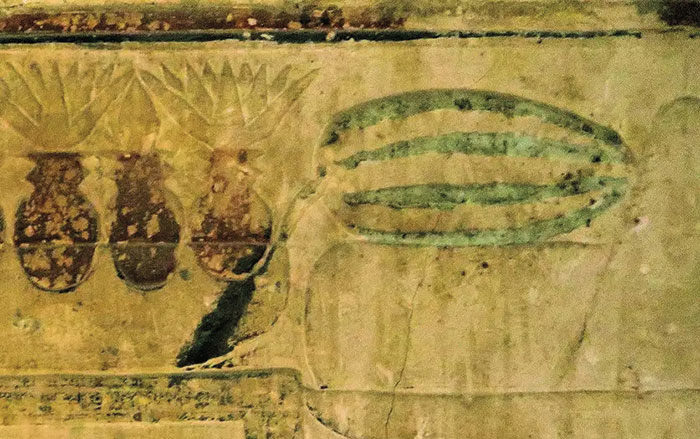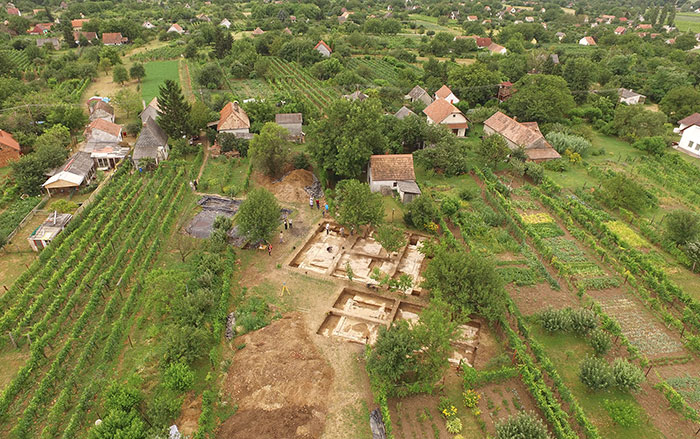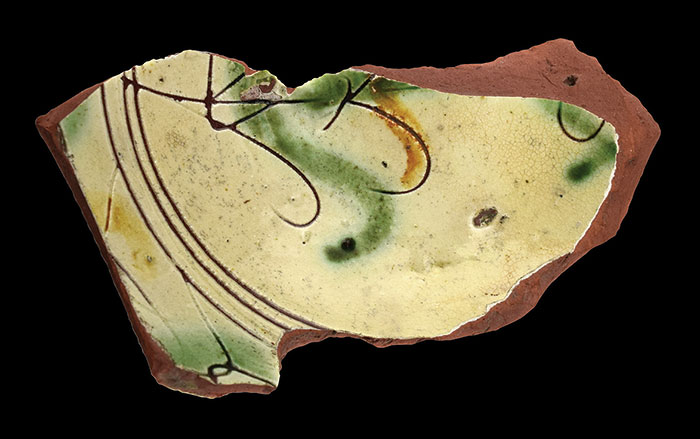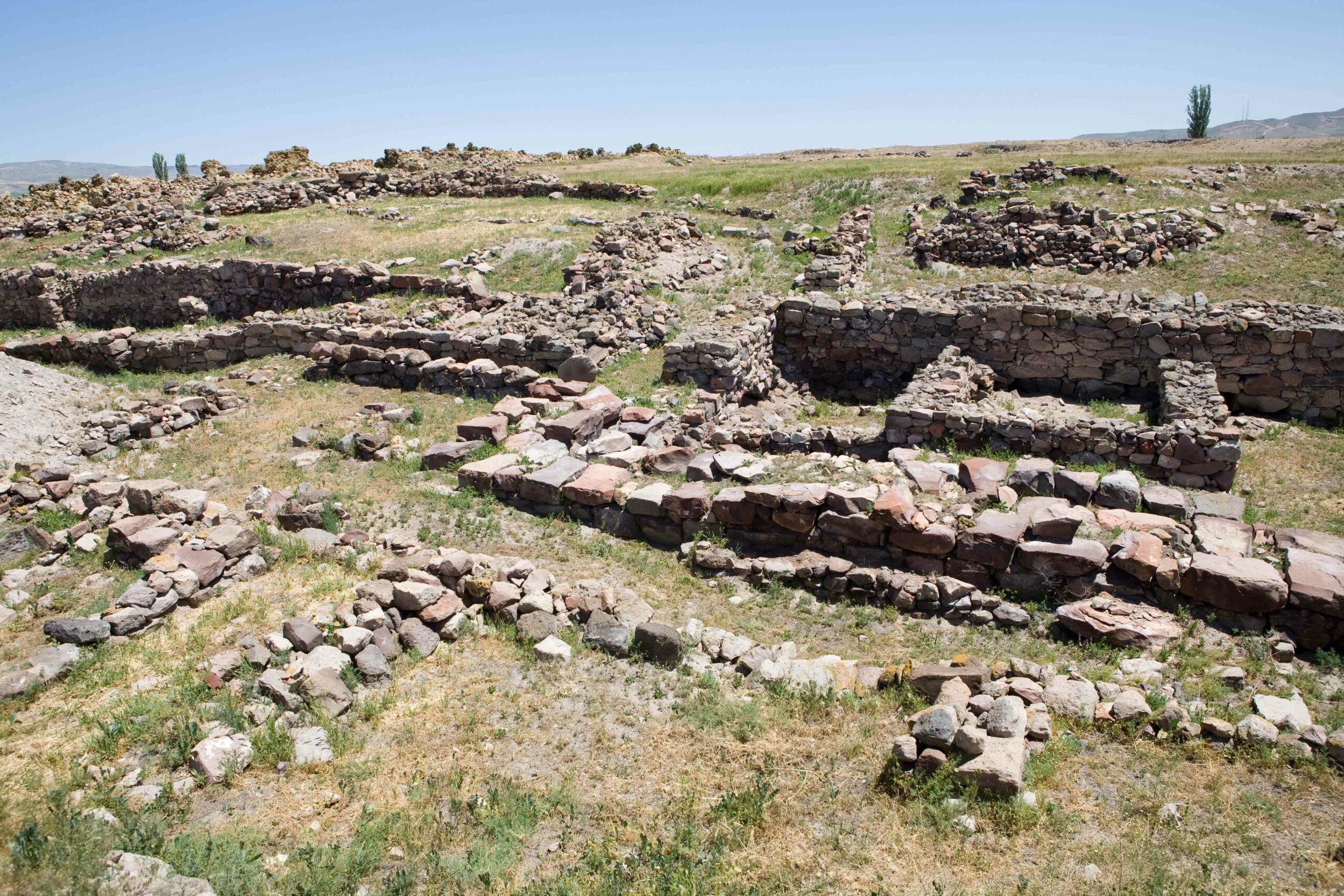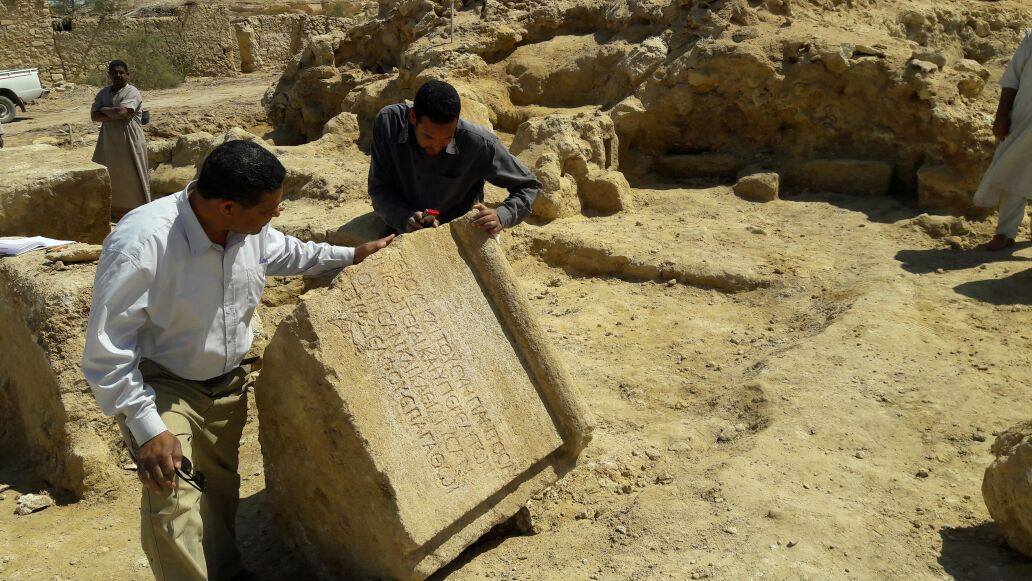
AL-HAG ALI, EGYPT—According to an Associated Press report, a temple built during the reign of the Roman emperor Antoninus Pius in the second century A.D. has been discovered in Egypt’s western desert. The excavation team has uncovered the foundations of a large, limestone building, and a long piece of limestone that had been inscribed in Greek and decorated with an image of the sun disc surrounded by cobras. The painting is thought to have been part of the entrance to the temple. To read about a recent reanalysis of mummies found in Egypt, go to “We Are Family.”


